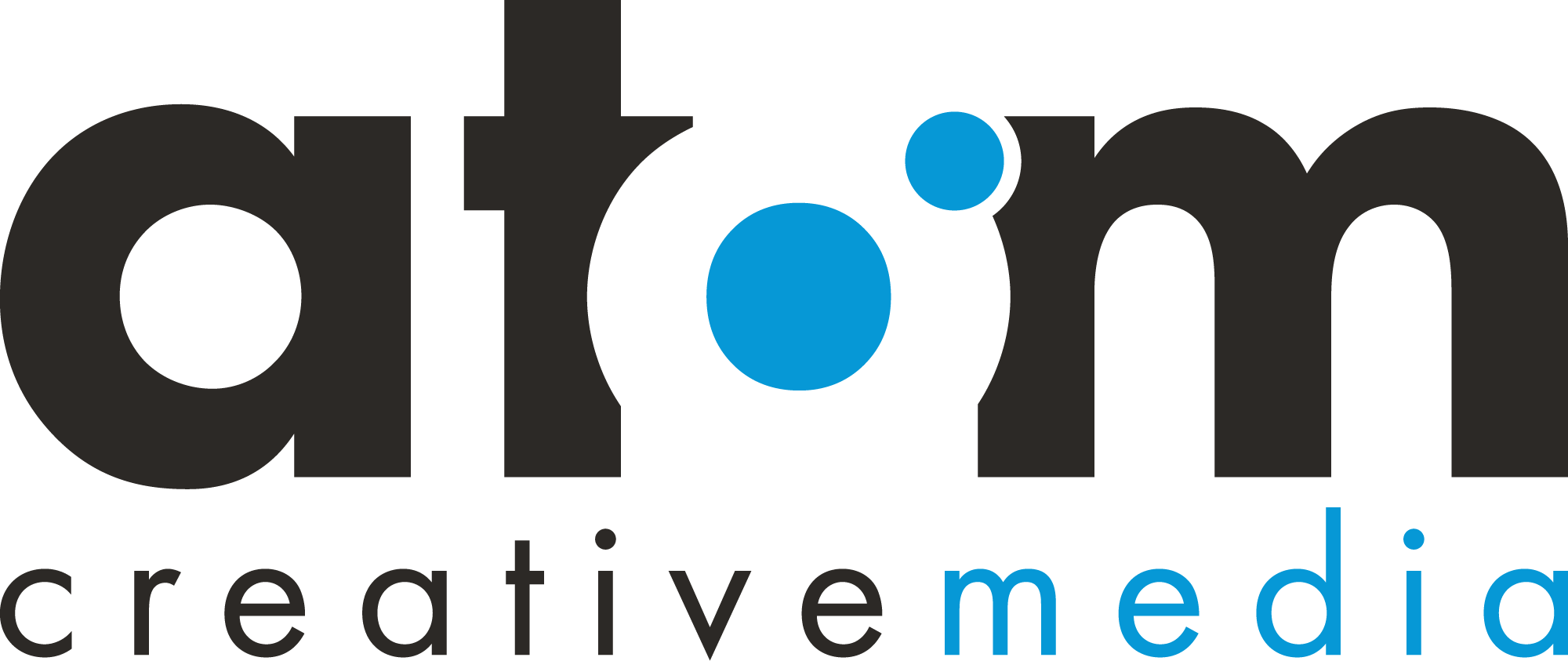Whats The Atomic Design Methodology All About?
Table Of Content

All the elements in the Periodic Table are made from different atoms, and the structure of these atoms results in a gamut of phenomena from radioactive decay to nuclear power. Atomic design provides a clear methodology for crafting design systems. Clients and team members are able to better appreciate the concept of design systems by actually seeing the steps laid out in front of them. You don’t need independent collaboration and communication tools when you choose a UI design platform that offers real-time collaboration features.
Atomic Design: Getting Started

Developers can work independently on atoms/molecules and not create conflicts. Let’s look at a React component example to see atomic design in practice. We’ll implement a common SearchForm component using lower-level atoms and molecules. While thinking “atoms first” helps guide the process, atomic design is iterative. As components evolve, re-evaluating their place in the atomic hierarchy helps keep the library coherent as it expands. The more protons and neutrons contained in an atomic nucleus, the heavier that element is.
Let’s continue with the components
Instead, we should be creating beautiful and easy access to content, regardless of device, screen size or context. My high school chemistry class was taught by a no-nonsense Vietnam vet with an extraordinarily impressive mustache. The aim is to provide a snapshot of some of themost exciting work published in the various research areas of the journal. Feature papers represent the most advanced research with significant potential for high impact in the field. A FeaturePaper should be a substantial original Article that involves several techniques or approaches, provides an outlook forfuture research directions and describes possible research applications. Liping Sun is a master student at the School of Physics and Electronic Engineering, Sichuan Normal University.
Rational design of heterogenized molecular phthalocyanine hybrid single-atom electrocatalyst towards two-electron ... - Nature.com
Rational design of heterogenized molecular phthalocyanine hybrid single-atom electrocatalyst towards two-electron ....
Posted: Tue, 14 Mar 2023 07:00:00 GMT [source]
The Secrets of Product Life Cycle Management
Atomic design is a methodology developed by Brad Frost for creating design systems. In short, it works by breaking down interfaces into small and reusable components. Atomic design provides a structured way of building up complex UIs from basic building blocks in five distinct levels (we’ll cover those in depth later). Atom, Smallest unit into which matter can be divided and still retain the characteristic properties of an element. The word derives from the Greek atomos (“indivisible”), and the atom was believed to be indivisible until the early 20th century, when electrons and the nucleus were discovered.
To explain the overall neutral charge of the atom, Thomson concluded that these electrons must be embedded in an uniform sea of positive charge. In this "plum pudding atomic model", the electrons were seen as embedded in the positive charge like raisins in a plum pudding. Atomic design lets us dance between contexts like the painter Frank so eloquently describes.
We see these types of organisms on almost every website we visit. The result is a simple, portable, reusable component that can be dropped in anywhere search functionality is needed. In the context of a pattern library, atoms demonstrate all your base styles at a glance, which can be a helpful reference to keep coming back to as you develop and maintain your design system. But like atoms in the natural world, interface atoms don’t exist in a vacuum and only really come to life with application.
Atomic design is for user interfaces
The modern understanding of the atom has evolved through discoveries like the electron, the nucleus, and quantum mechanics. With Merge, UXPin’s revolutionary technology, companies like PayPal can easily solve DesignOps challenges. UXPin Merge allows you to design with React components to achieve full consistency with the final product. Netflix stands out as a fairly recent example of a company that has mastered design tokens.
Start with designing atoms and gradually move to templates and pages, having in mind the principle of building up. It is always helpful to start by first mapping out the foundational elements i.e., atoms, and build your system on them. At this stage, design teams will have templates that show the general patterns of the relevant pages. Product pages, search results pages, home pages and so on will all have their respective templates that show the content structure and general look for later use. This can be very practical for products that are constantly expanding, with the templates helping the team create new pages quickly and maintain consistency throughout.
Your saved search
Eventually, you have a functional creature built on the smallest elements possible. Unlike the Earth moving around the Sun, electrons do not move in a circle. We only know the probability, or chance, that it will be in any place. Each electron is part of an orbital, which describes where it is likely to be.

Examples include contact forms that incorporate atoms like buttons and fonts. The single most important characteristic of an atom is its atomic number (usually denoted by the letter Z), which is defined as the number of units of positive charge (protons) in the nucleus. For example, if an atom has a Z of 6, it is carbon, while a Z of 92 corresponds to uranium. A neutral atom has an equal number of protons and electrons so that the positive and negative charges exactly balance.
As a designer, you need to know the atomic design system to make your work easier and reduce the time and effort invested into designing drastically. There are many free UI kits to start with your design system. The page stage is critical since it is here that we test the design system’s efficacy. By seeing everything in context, we can go back and tweak our molecules, organisms, and templates to better address the design’s genuine context. Atomic design is a process that consists of five separate steps that work together to build more coherent, hierarchical, and thoughtful interface design systems.
This means we can break entire interfaces down into fundamental building blocks and work up from there. The electromagnetic force holds the nucleus and electrons together. Any product moves atom by atom, gradually building up to molecules, organisms, templates, and pages that work cohesively. Atomic design helps evolve complex design systems, also maximizing reusability and scalability. In the above example, you can see atoms in action as individual UI elements. Developers can easily build a library of reusable atoms that act as a foundation of the frontend system.
An organism is a collection of molecules that have been bonded together to form complex individual portions of the design such as a login page, form, etc. Once you have created all of the atoms, molecules, and organisms, it’s time to build your template. Based on how atoms form molecules and molecules include organisms, you might have guessed that organisms formulate templates. A group of organisms acts like a puzzle, piecing together to create an entire contact page, complete with navigation, submission forms, text boxes, and other layout aspects. This homepage template displays all the necessary page components functioning together, which provides context for these relatively abstract molecules and organisms.
When you start your design here, you ensure consistency throughout your project. To understand how magnets work, we can look at the properties of the atom. Any magnet has a north and south pole, and a certain strength. The direction and strength of a magnet, together, are called its magnetic moment. Every electron also has a magnetic moment, like a tiny magnet.
As the name suggests, this involves fusing two atoms together to create a heavier atom, releasing energy in the process. This is because in order to fuse two atoms together, the Coulomb force must be overcome. Sometimes, the energy absorbed by the atom when a photon hits it is enough to not just cause an electron to jump an energy level, but to allow the electron to break free of the atom.
The Netflix website follows a simple grid layout that helps users navigate their options. For example, the design language may require that the company logo appears at the same place on every web page. A big advantage of specialized frameworks is that they speed up the development cycle dramatically; Namely, they help developers rapidly turn concepts into prototypes and launch websites. On top of that, frameworks offer templates that were tried and tested in different browsers, allowing you to focus on core tasks instead of wasting time on extra testing. Let’s learn how this chemistry analogy helps us in creating a comprehensive system in design. Once we are able to identify the atoms, we can gain a better understanding of how to create a molecule.
Comments
Post a Comment